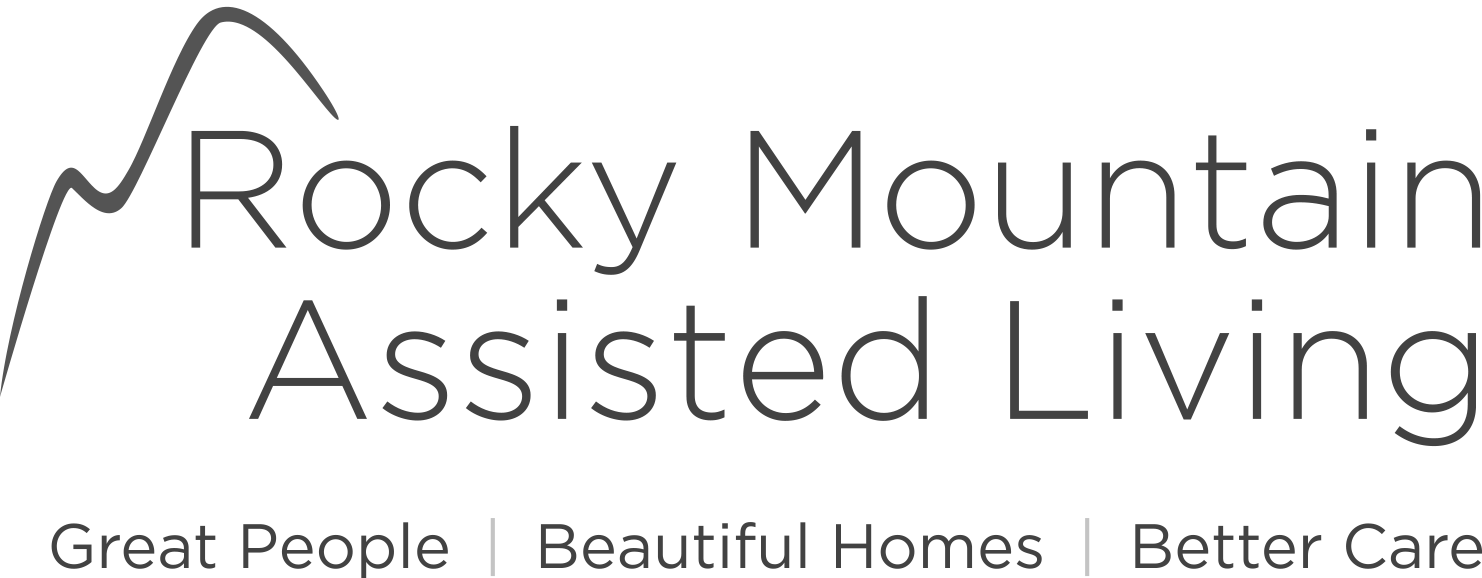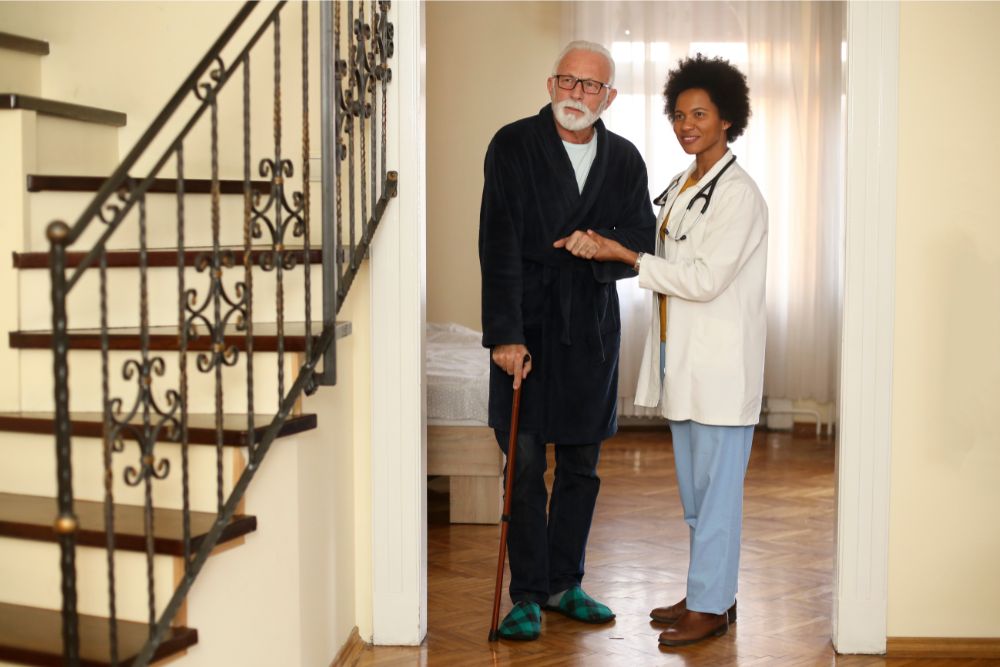A study by AARP found that around 80 percent of Americans over the age of 50 are suffering from one or more chronic health conditions. As conditions worsen, individuals with chronic care needs begin to consider moving into an assisted living community.
There are three levels of assisted living care, and the highest, or most intensive level, is level 3 or enhanced assisted living. For level 3, multiple caregivers are aware of a resident’s patient profile and their specific needs. Personnel is typically available around-the-clock to administer routine medication or injections or to be on-call in case of emergency.
What Resident Conditions are Associated with Level 3 Assisted Living Care?
A resident receiving level 3 assisted living care typically has several physical chronic ailments that tend to be more severe. They will need increased support with completing Activities of Daily Living, or ADLs, such as washing, grooming, moving around and eating. In addition to physical disabilities, the resident may have an onset of memory loss or moderate neurological disorders.
What ADL and Medical Services Are Provided at Level 3 Assisted Living Care?
As Level 3 residents require more direct, hands-on assistance, the services that they will be receiving with ADLs, as well as the medical attention that they require, are more specific.
A team of well-trained medical staff should be available 24 hours a day to provide the following health-related services:
- Administering medications, whether they are in pill or injection form. The staff will ensure that the correct dosages are taken by the resident regularly at the required times.
- Ensuring that the resident is staying active and eating healthy through activities such as physical therapy and a nutritious meal plan.
- Recognizing and responding to emergencies. Assisted living personnel are trained to notice the signs of emergency medical conditions, such as the onset of a stroke or heart attack. They can refer the resident immediately to emergency care in the rare case that this should occur.
Good day-to-day resident activity management ensures senior comfort and free time to pursue interests and hobbies. ADLs requiring assistance at level 3 include:
- Washing and Grooming Related Activities – The resident may require help bathing, washing their hair, shaving, brushing their teeth, and getting dressed into clean clothes. Assistance may be needed due to a lack of motor function or to ensure safety so that the resident does not slip and fall on wet surfaces. Depending on the resident’s degree of mobility, more than one person on staff may be required for assistance.
- Assistance with Moving Around – Having mobility is key to maintaining agency and independence. The resident may require support with getting into and out of a wheelchair from a sitting or sleeping position, or they may need help walking with a walking stick or other mechanical aid.
- Help with Eating Meals and Snacks – While a nutritionist or healthcare worker is on staff to ensure that meals are high in vitamins and essential nutrients, other staff may be necessary to help cut the food into more palatable pieces for the resident. They may also need to be present to ensure the resident does not choke.
FAQs
Q: What Are the Different Care Levels?
A: Care levels vary depending on the level of assistance needed by the senior:
- Retirement Communities are shared living communities for older adults that do not require any particular outside assistance.
- Home Care or Companion Care involves hiring someone to complete chores such as cleaning, washing, cooking, and general organization.
- Assisted Living Communities are for residents who need assistance with ADLs and the administration of meals and medication.
- Dementia and Memory Care are for residents with Alzheimer’s or other dementia, with elevated security measures to ensure that the resident is safe.
- Home Health Care requires a skilled nurse to come to a resident’s home to provide medical services. This level of service is paid for out of pocket and can be costly.
- Nursing Home Care leverages having skilled nurses to attend to a resident’s medical needs and has other staff to assist with ADLs. It is the level of care where residents require the most assistance.
Q: What Does “2 Assist” Mean?
A: Caregivers may be needed to assist residents with moving from one place to another to aid with mobility. When a resident cannot safely mobilize themselves without extreme risk of falling, they may require a “2 Assist” or “2-person transfer.” These residents often need two trained caregivers to change from one position to the other. They might need extra assistance rolling over, going to the bathroom, sitting down in a chair, and getting out of bed.
Q: How Do You Determine Level of Care for the Elderly?
A: Identifying the level of care required for a senior can be a daunting process. The standard practice is to determine whether a potential resident falls under one of the following five levels of care:
- Independent
- Minimum Assist
- Stand-By Assist
- Hands-On Assist
- Total Assist
Determining the level of care informs whether a senior needs “no care,” assisted living, or some form of skilled nursing.
Q: What Are the Three Levels of Caregiving?
A: As general care is broken down into different categories, assisted living care itself is divided into three separate levels of care:
- Level 1 – Seniors requiring level 1 care are typically more independent and capable of handling their ADLs and only require assistance with basic tasks such as taking medication on time, moving around everyday obstacles, and cooking meals.
- Level 2 – Residents who need a more intermediate level of care, such as help completing their daily hygiene activities, like brushing their teeth, changing clothes, and getting in and out of bed, are at level 2 assisted living care.
- Level 3 – The highest level of care is level 3 due to the increased assistance to ensure that residents can carry out ADLs and functionally live. These residents might need more than one staff member to help them move around, and they need more attention with eating, washing, and using the restroom.
Learn More: Is Assistive Living Right For You or Your Loved One?
Get in touch with us to discover assistive care that meets all residents where they are, no matter the level of care needed. Learn more about our services and amenities and how we can help you design the perfect custom care plan.


